
The Junkers A50 was a German sports plane of the 1930s, also called the A50 Junior.

The Cierva C.30 was an autogyro designed by Juan de la Cierva and built under licence from the Cierva Autogiro Company by A V Roe & Co Ltd (Avro), Lioré-et-Olivier and Focke-Wulf.
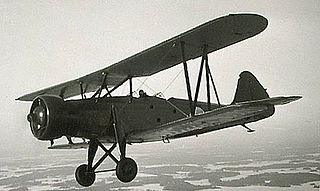
The VL Tuisku was a Finnish trainer aircraft designed in the 1930s. It was a two-seat, single-engined biplane with a welded steel framework, covered with fabric. 30 were produced for the Finnish Air Force and served from 1935 to 1949.
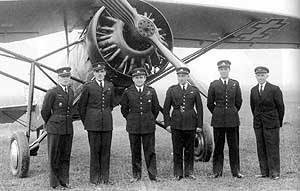
The ANBO V was a parasol wing monoplane training aircraft designed for the Lithuanian Army in 1931. A developed version, the ANBO 51 followed in 1938.

The Avro Club Cadet was a 1930s single-engined British biplane trainer aircraft, designed and built by Avro as a development of the earlier Cadet. It was planned for private and club use and, unlike the Cadet, was fitted with folding wings.
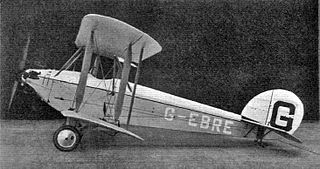
The Blackburn L.1 Bluebird was a British single-engine biplane light trainer/tourer with side-by-side seating, built in small numbers by Blackburn Aircraft in the 1920s.

The Morane-Saulnier MS.230 aircraft was the main elementary trainer for the French Armée de l'Air throughout the 1930s. Almost all French pilots flying for the Armée de l'Air at the outbreak of World War II had had their earliest flight training in this machine. It was the equivalent of the Stearman trainer in the United States air services and the de Havilland Tiger Moth in the British Royal Air Force.
The FMA AeC.3 was a light utility aircraft built in Argentina in 1934; a further development in the series of designs that had originated with the AeC.1 three years previously. Deliveries to Argentina's aeroclubs were made late in the year.

The Southern Martlet was a single-engined, single-seat biplane sports aircraft. Six were built, including the rather different and unsuccessful Metal Martlet.

The PWS-51 was a Polish sports plane of 1930, a single-engine low-wing monoplane, constructed by the Podlaska Wytwórnia Samolotów (PWS), that remained a prototype.

The American Eagle A-129 was a 1920s biplane built in the U.S.A.
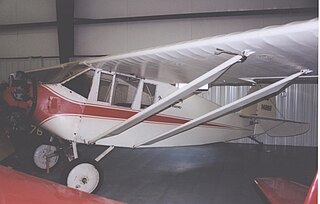
The Star Cavalier was an American two-seat high-wing light aircraft first introduced in the late 1920s.
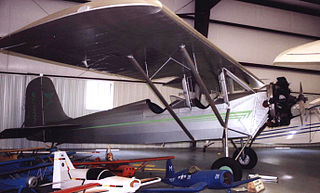
The Timm Collegiate was a series of American-built two-seat light aircraft of the late 1920s.

The Kreider-Reisner KR-21-A was a 1928 American two-seat monoplane. They were designed and built by the Kreider-Reisner Aircraft Company of Hagerstown, Maryland. Fairchild Aircraft took over Kreider-Reisner in 1929 and continued to build them, as the Fairchild KR-21, later the Fairchild 21.

The Swallow Airplane Swallow is an American-built general purpose biplane of the mid to late 1920s.

The Junkers T 19, originally known as the J 19, was a single-engined parasol winged all-metal 2/3-seat aircraft built in Germany in the early 1920s for training and touring. Its construction was too expensive for commercial success and only three were built, one later finding use as an engine test-bed.
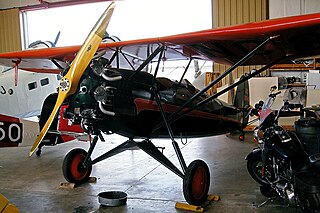
The Davis D-1 is an American light two-seat parasol-winged monoplane of the late 1920s.

The Driggers D1-A is an American-built light high-wing single-seat sporting monoplane of the late 1920s.
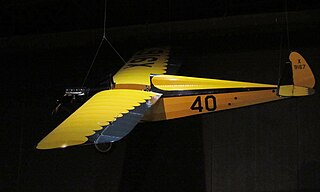
The Church Midwing JC-1, a.k.a. Church Mid-Wing Sport, is a midwing racing aircraft designed by James Church using the fuselage of a Heath aircraft.

The Nicholas-Beazley NB-3, or Barling NB-3, is a two-seat, training aircraft of the 1920s.



















